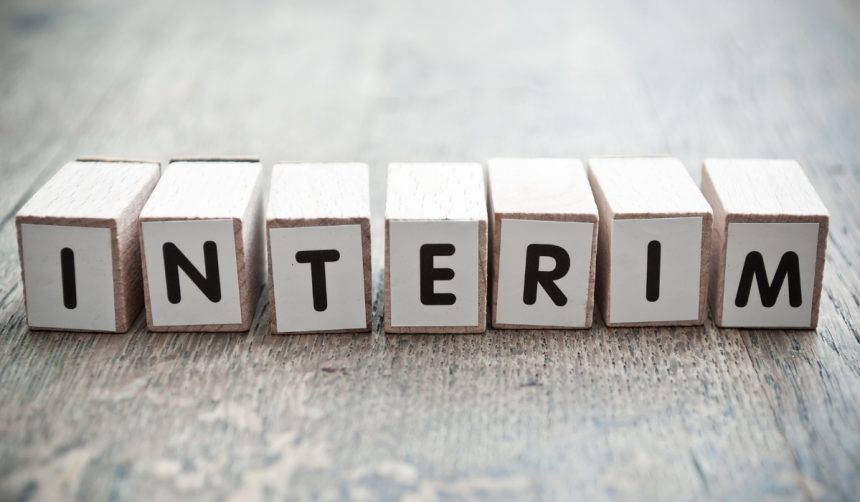Online word puzzle enthusiasts approached the August 30 edition of Wordle with anticipation and curiosity, as players worldwide attempted to guess the latest five-letter mystery word. The game, now a regular digital ritual for many, has maintained steady engagement since moving under the ownership of The New York Times. For today’s challenge, participants uncovered clues step by step, with hints pointing towards a word signifying joy or exuberance. Unlike puzzles with obscure or highly technical answers, today’s choice kept the competitive spirit alive without straying far from accessible language, leading many to reflect on their puzzle-solving strategies.
Wordle has frequently featured words with repeated letters, double vowels, or other linguistic quirks that sometimes catch players off guard. On previous dates, words like “LEVEL” or “LLAMA” demonstrated the game’s tendency to include repeated characters, challenging users to navigate the additional layer of complexity. Over several updates, the challenge’s difficulty level has remained largely consistent, despite occasional speculation about increasing intricacy. Unlike earlier theories about the rising challenge curve, editors confirm that daily selections balance common vocabulary with tougher words. Long-time players have observed that occasional spikes in perceived difficulty often stem from the word itself rather than changes in the game mechanics.
What Clues Did Players Receive?
Players tackling Wordle on August 30 received progressive hints designed to gently steer them toward the answer. Among the cues, it was revealed that the solution featured a repeated letter and two different vowels. The playable format provided incremental nudges, such as indicating the word began with ‘E,’ ensuring that the puzzle remained approachable for both new and seasoned participants.
What Was the Answer and Its Meaning?
The final solution for the August 30 puzzle was “ELATE,” a word associated with feelings of thrill or joy. Game moderators described the word as representing a heightened state of happiness. According to a New York Times spokesperson,
“Each chosen word aims to balance challenge with fairness so that players of different backgrounds can participate.”
The strategic selection of “ELATE” aligned with these aims, offering a familiar yet stimulating challenge.
How Has Wordle Remained Consistent?
According to official statements, Wordle maintains a consistent level of difficulty through careful word curation. Editor Tracy Bennett has emphasized that a mix of words—ranging from common to more challenging—ensures variety and sustained interest.
“Our focus is to keep the puzzle experience engaging, not overwhelming,”
Bennett commented. Hard Mode remains available for those seeking a stricter rule set, but the primary gameplay continues to attract a broad and dedicated audience.
Wordle’s persistent popularity can be explained by its simple concept, communal sharing features, and careful daily word selection. The variation in answers—from straightforward to more complex—keeps players returning and discussing strategies. While some words generate online debate or surprise, the overall balance supports both regulars and newcomers. Players can use past words as strategic guides to inform their opening guesses or eliminate possibilities. Notably, as answers like “ELATE” emerge, the game further cements its place among popular digital pastimes, thanks in part to a consistent editorial approach focused on accessibility and retention.










